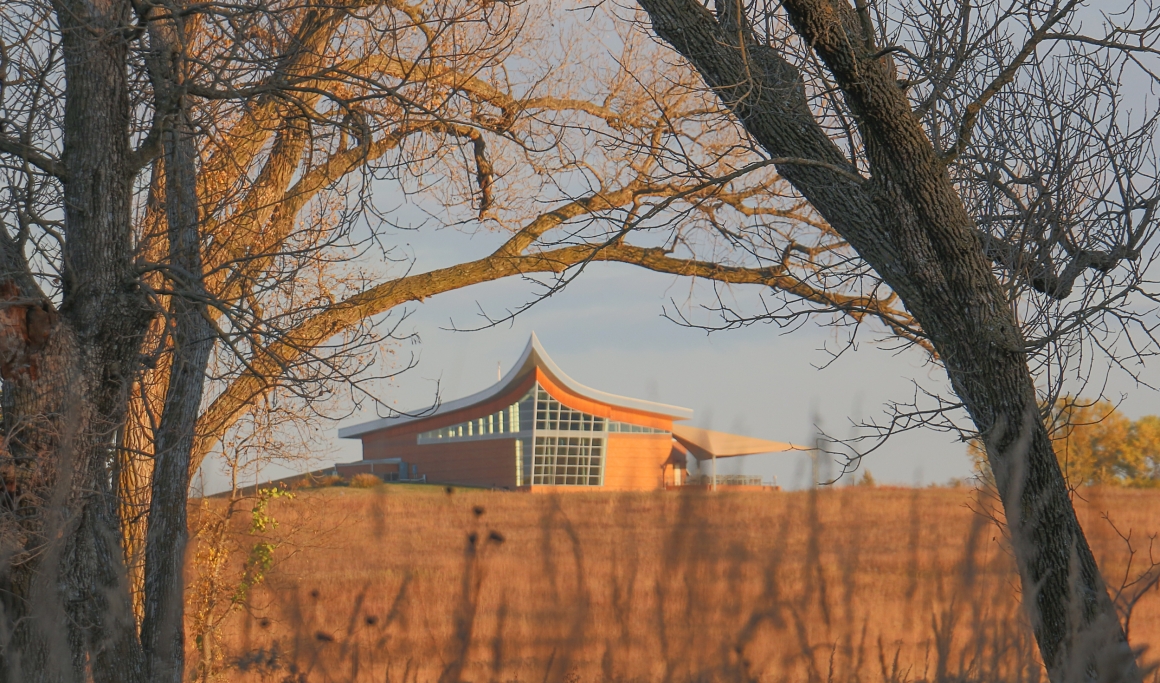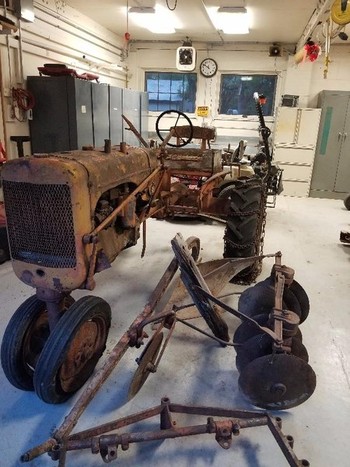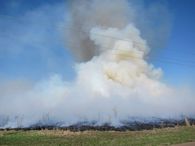Media release
June 19, 2017
For more information:
Contact: Diane Vicars
Friends of Homestead
di50vicars@gmail.com
Last Homesteader’s Tractor In Alaska Wilderness
To Be Rescued by Friends of Homestead
The Friends of Homestead National Monument of America is bringing home the Allis Chalmers tractor used by America’s last homesteader.
Dr. C.T. Frerichs, a retired Beatrice family physician, is providing the Friends of Homestead a financial donation to rescue this national treasure from the Alaska Wilderness.
The tractor, an Allis Chalmers 1945 Model C, has been sitting on the banks of the Stony River on the site that was homesteaded by Ken Deardorff. Dr. Frerichs’ donation will cover the costs of bringing the tractor from Alaska to Homestead National Monument of America, as well as the costs associated with conservation treatment work on the tractor to ready it for permanent display at the Monument.
Dr. Frerichs is making this financial contribution in memory of his wife Julia F. (Meadows) Frerichs.
Mrs. Frerichs, a native of Georgia, had spent very little time on a tractor. However, during her first trip to Nebraska she sat in the seat of an Allis, and from that moment on her affection grew for the citizens of Nebraska and for Homestead National Monument of America.
“This tractor is a part of our nation’s homesteading history; it is a national treasure,” Dr. Frerichs said. “We are glad to be working with the Friends of Homestead to bring this Allis Chalmers tractor to the Monument.”
Ken Deardorff filed for his 80-acre homestead claim under the Homestead Act in 1974. Five years later in 1979, Deardorff submitted the final proof fulfilling the requirements called for by the Homestead Act. Nine years later in 1988, Deardorff received the patent to his homestead claim. It was the last patent to be issued under the Homestead Act of 1862.
Deardorff’s place in history represents the end of an era in American history, the end of the Homestead Act of 1862.
“When we think of the Homestead Act we often think of the 1800s,” said Diane Vicars, president of the Friends of Homestead. “This tractor represents the contemporary part of this epic American story. This tractor will be a great contrast to the single bottom plows pulled by a team of oxen or horses that can now be found at the Monument. We are grateful to Dr. Frerichs and his family for his donation that will bring the Deardorff tractor to the Homestead.”
The recovery of the tractor includes a series of steps that began with airlifting the tractor by helicopter from the site where Deardorff parked the Allis more than 30 years ago.
The tractor is now in the process of being transported to the University of Nebraska-Lincoln’s (UNL) Lester F. Larsen Tractor Test Museum, where the tractor will be cleaned up and readied for display by the UNL Tractor Restoration Club under the direction of museum conservators specializing in tractors and motorized vehicles. The Friends of the Tractor Test Museum will also be participating in this project.
A dedication at the Monument is tentatively scheduled for this fall.




